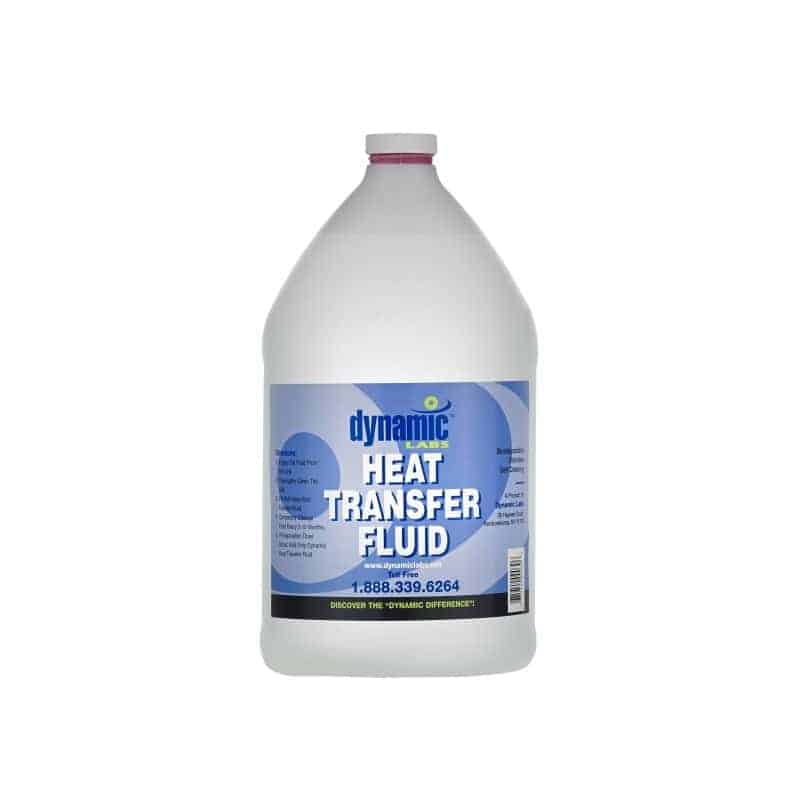Recognizing the Duty of Heat Transfer Fluid in Effective Power Solutions
Recognizing the Duty of Heat Transfer Fluid in Effective Power Solutions
Blog Article
Why Heat Transfer Fluid Is Necessary for Optimizing Energy Transfer in Equipment
The function of heat transfer fluids in optimizing energy transfer is essential for accomplishing efficient thermal monitoring across different industrial industries. These liquids help with seamless warmth exchange, ensuring procedures operate within optimal temperature level varieties and alleviating the danger of getting too hot.

Role in Thermal Management
Heat transfer fluids play an essential role in thermal management by successfully managing temperature levels in different industrial processes and systems. These specialized liquids facilitate the transfer of warmth in between different components, making certain optimum operating conditions and avoiding getting too hot. By keeping exact temperature control, heat transfer liquids allow industries such as chemical production, oil and gas, and power generation to operate securely and effectively.
The selection of an ideal warm transfer fluid relies on a number of factors, consisting of thermal stability, heat capacity, and thickness. High thermal stability makes certain that the fluid can withstand severe temperatures without deteriorating, while a high heat ability permits it to take in and release considerable amounts of warm - heat transfer fluid. Low thickness reduces the energy needed for pumping, adding to total system effectiveness
Furthermore, warmth transfer liquids are essential in applications like refrigeration, where they aid take in and dissipate heat during the cooling cycle. In solar thermal power systems, these liquids capture and transportation solar warm to produce electrical energy or give warm water. Their adaptability to varied operating problems and capability to keep consistent thermal efficiency highlight their importance in industrial thermal monitoring, helping with functional connection and enhancing security steps.

Enhancing System Effectiveness
To maximize the benefits of thermal administration, improving system efficiency with the calculated usage of warm transfer liquids is paramount. By maintaining optimal temperature levels, heat transfer fluids assist make sure that systems run within their designed parameters, thereby avoiding overheating and decreasing the risk of component failure.

Kinds Of Warmth Transfer Liquids
The variety of warm transfer fluids highlights their important role in a range of industrial applications, each tailored to meet particular thermal administration needs. These fluids promote reliable power transfer and are chosen based on key properties such as thermal security, viscosity, and heat capability. The primary types consist of water, glycol solutions, oils, and synthetics, each offering unique benefits.
Water is one of the most usual warm transfer medium due to its high specific warmth capability and affordable. Its use is restricted by its freezing and steaming points. Glycol combinations, often made use of in cooling and heating systems, supply a reduced cold factor, adding convenience in different climates. Mineral oils are preferred for their thermal stability and non-corrosive nature, making them ideal for high-temperature applications.

Artificial liquids, including silicone and aromatic compounds, supply remarkable thermal security and are made use of in environments demanding extreme temperature level arrays. These liquids ensure superior performance in systems where standard liquids may fall short. The option of a warmth transfer fluid is vital, as it influences system effectiveness, safety and security, and long life. Each type has to be chosen to line up with the operational demands and the particular conditions of the application it offers.
Environmental and Economic Advantages
Using the best heat transfer liquids supplies read this post here considerable environmental and economic advantages for commercial operations. By picking liquids with remarkable thermal stability and high heat capacity, industries can boost energy effectiveness, leading to decreased gas intake and reduced greenhouse gas discharges. This adds to a smaller sized carbon impact and straightens with international sustainability goals. Eco-friendly warmth transfer liquids, frequently biodegradable and safe, minimize the risk of dirt and water contamination in case of leaks or spills, thereby safeguarding communities and adhering to rigid environmental laws.
Economically, the best warm transfer fluid can considerably reduce operational prices. Liquids with prolonged lifecycle performance decrease the regularity of substitutes and maintenance, decreasing downtime and associated costs. On the whole, the critical usage of ideal heat transfer liquids supports sustainable financial growth and environmental stewardship.
Selecting the Right Fluid
Just how does one navigate the intricate procedure of selecting the ideal warm transfer fluid for industrial applications? Selecting the proper fluid is crucial, as it directly influences system efficiency, security, and functional costs. Trick considerations consist of thermal security, compatibility click for more info with system materials, and running temperature level range. Thermal security ensures the liquid can withstand high temperature levels without deteriorating, while compatibility protects against corrosion or various other detrimental reactions with system parts. The operating temperature range must straighten with the system's demands to maintain performance and durability - heat transfer fluid.
In addition, the fluid's heat capacity and viscosity are vital. A high warmth ability permits the liquid to soak up and transfer more power, improving efficiency. Ideal viscosity makes sure very little pump work and effective heat transfer, particularly in differing temperature levels. Environmental and security elements must likewise become part of the decision-making process. Non-toxic, naturally degradable fluids decrease environmental impact and abide by governing criteria, minimizing responsibility threats.
Verdict
The calculated selection and application of warmth transfer liquids are basic to enhancing power transfer across different systems. By guaranteeing high thermal security and capacity, these liquids provide precise temperature level control and you can look here enhance general system performance.
Report this page